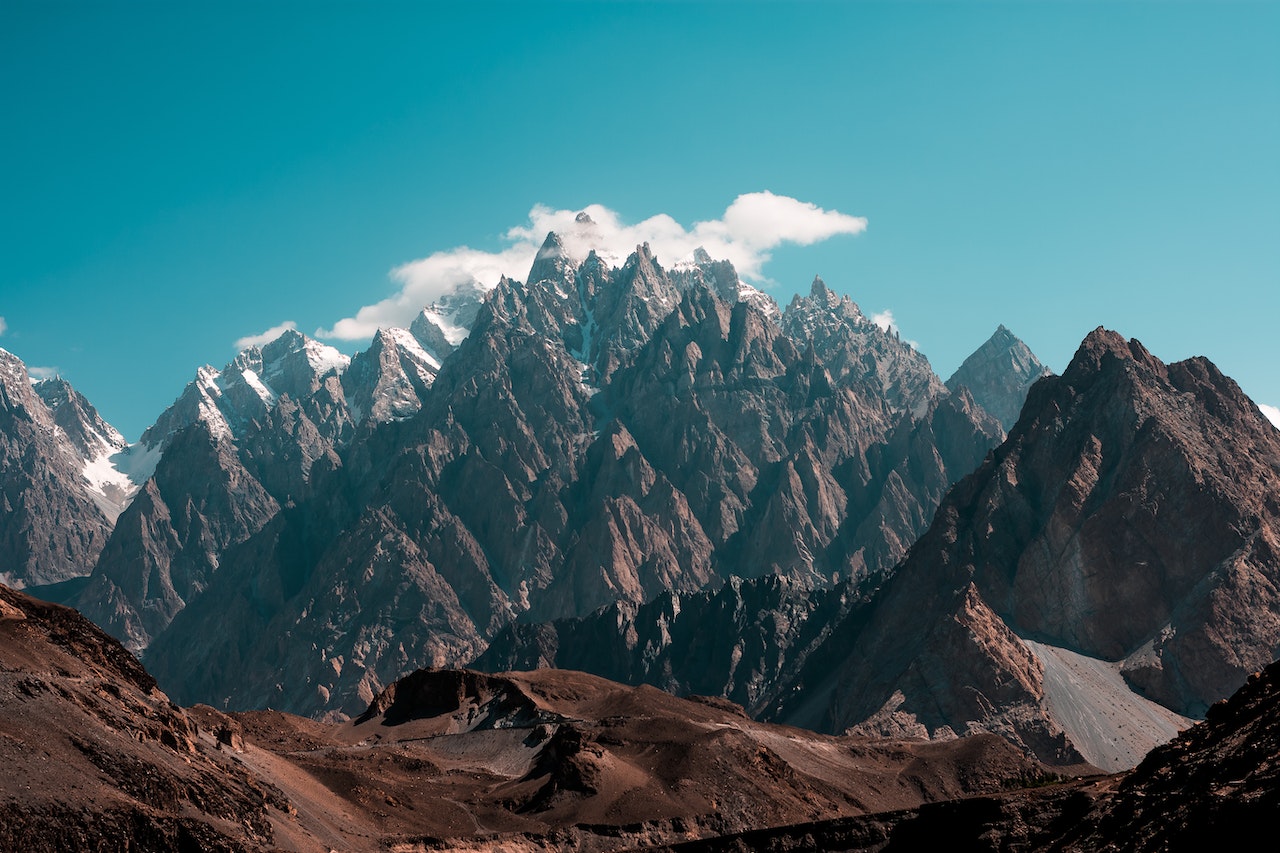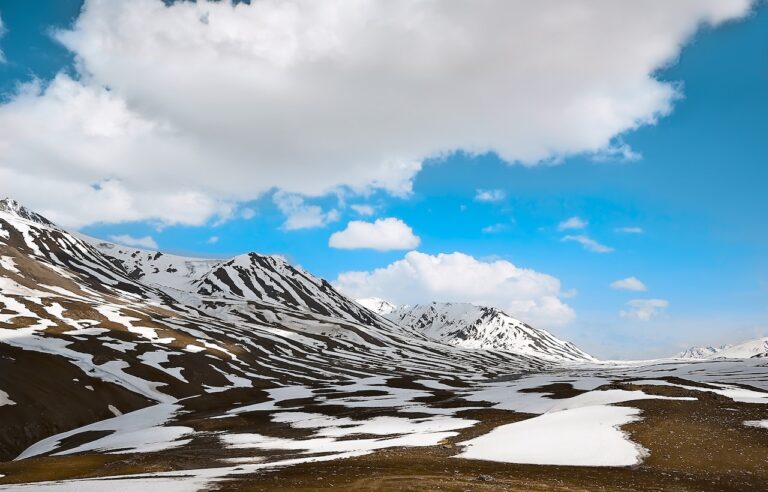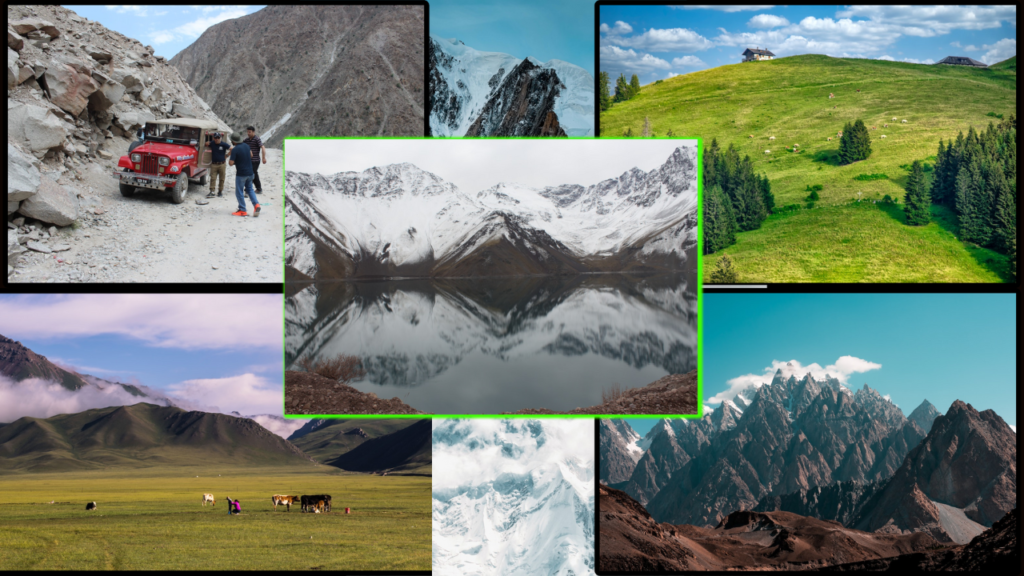
Hey there, fellow adventurers and eco-conscious enthusiasts! Today, I want to take you on a virtual journey to Gilgit-Baltistan, a place where breathtaking natural beauty meets sustainable living. Imagine a city where lush green landscapes, crystal-clear rivers, and majestic mountains converge with sustainable practices and a commitment to preserving our planet. Welcome to “Green to Go: A Sustainable City”, Gilgit-Baltistan, where we’ll explore the best places to visit and discover how we can collectively make this region a shining example of sustainability.
A Glimpse into History and Culture
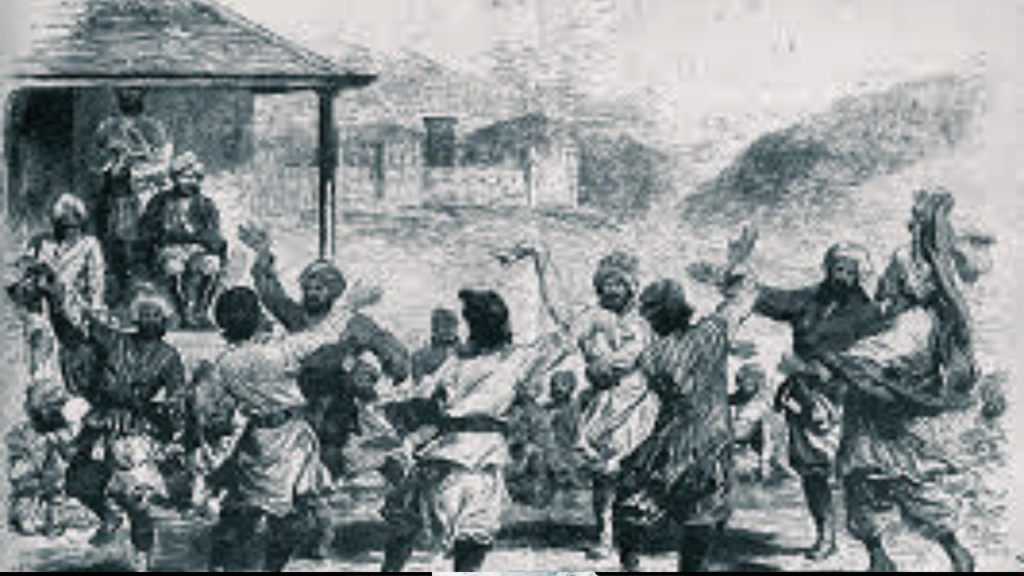
Gilgit-Baltistan has a fascinating past and a voluminous cultural legacy. It carries traces of earlier civilizations and imperial influences that helped to define the area. Gilgit-Baltistan is a crossroads of numerous cultures, from the remains of the Indus Valley Civilization to the routes of the Silk Road. Explore the ancient Buddhist rock art, be amazed by the Balti monarchs’ architectural marvels, and take in the region’s vivid festivals and fine workmanship. Inviting visitors to embrace its heritage as we work to make Gilgit-Baltistan a sustainable city, Gilgit-Baltistan’s history and culture give the region depth to its identity.
Sustainable Practices: Harmonizing with Nature
The people of Gilgit-Baltistan are aware of the delicate balance that exists between the environment and human existence. We’ll learn about the eco-friendly behaviours they’ve adopted to protect their natural environment. We’ll see how the inhabitants of Gilgit-Baltistan have transformed into stewards of their land, safeguarding its sustainability for future generations. Examples include organic agricultural and conventional irrigation systems, eco-friendly construction practises, and responsible tourism.
Conservation Efforts: Protecting Biodiversity
Gilgit-Baltistan is a biological treasure trove, with rare plants and animals living in its numerous environments. We’ll look into the conservation initiatives made to preserve animals like the snow leopard and Himalayan brown bear, both of which are in risk of extinction. We’ll find out about the creation of national parks and wildlife sanctuaries, as well as the neighborhood-based programs designed to protect the area’s natural heritage.
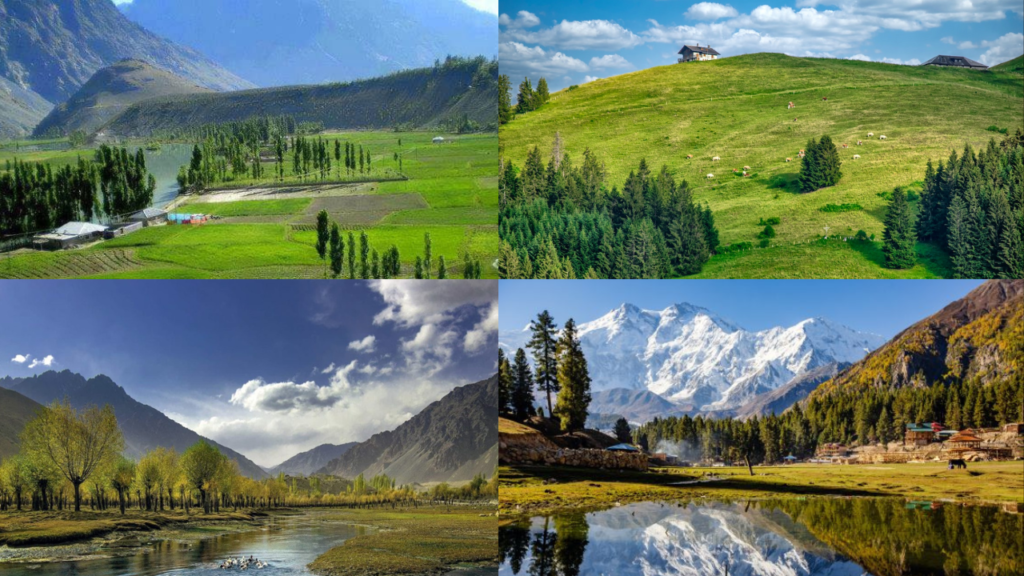
Engaging the Community: Sustainable Development
An encouraging example of a community driving sustainable practises is Gilgit-Baltistan. Learn how local communities prioritise education, support eco-tourism, and empower women. Meet the inspiring people and organizations building a sustainable future for the area from the ground up. They are making a real difference.
Unlocking Sustainability Secrets
We must discover the secrets of effective sustainable practises if we are to actually become a sustainable city. We’ll look into the area’s environmentally friendly waste management practises, renewable energy initiatives, and conservation initiatives. We’ll encounter local leaders in the movement along the way, and we’ll learn from their successes and disappointments.
Engaging the Community
Sustainability involves active community involvement; it is not solely the domain of a select few. We’ll learn how the people, businesses, and organisations of Gilgit-Baltistan are cooperating to advance sustainable ideas. We’ll explore the potential of group action and how each person can help make Gilgit-Baltistan a more sustainable city through educational initiatives and community gardens.
Advocacy and Policy: Fostering Government Support for Sustainability
Gilgit-Baltistan has the capacity to establish itself as a sustainable leader thanks to its wealth of natural resources and breathtaking scenery. Although difficulties still exist, such as a lack of government interest in growth, the area’s natural beauty and dedication to preservation make it a desirable location for a city. In this section, we’ll look at how implementing projects and programs that support electric vehicles, sustainable agriculture, conservation efforts, and other endeavors might further improve sustainability in Gilgit-Baltistan.
- Harnessing the Power of the Sun: Solar Panels and Renewable Energy
- Installing solar panels to take use of the area’s abundant sunlight.
- Encouraging the use of renewable energy sources in order to lessen reliance on fossil fuels.
- Utilizing decentralized energy generation systems to empower local communities.
- Tapping into Abundant Resources: Hydroelectricity Generation
- Generating hydroelectric electricity using the region’s abundant water resources.
- Collaborating on hydroelectric project development with public and private organizations.
- To strike a balance between energy production and environmental preservation, sustainable water management practices must be used.
- The Road to Sustainability: Promoting Electric Vehicles
- Electric vehicles (EVs) are being introduced to cut down on air pollution and carbon emissions.
- Creating a charging infrastructure and encouraging the uptake of EVs.
- Promoting electric mobility through educating the public.
- Empowering Communities: Sustainable Agriculture and Organic Farming
- Promoting environmentally friendly farming methods that put soil health and biodiversity first.
- Encouraging organic farming and limiting the use of chemical inputs.
- Facilitating organic produce’s market access and assisting farmers’ livelihoods.
- Preserving the Fragile Ecosystems: Conservation and Ecotourism Initiatives
- Establishing wildlife refuges and protected areas to protect biodiversity.
- Encouraging ethical tourism to reduce its negative effects on the environment.
- Educating tourists on the value of ecological balance and conservation.
- Education and Awareness: Building a Sustainable Mindset
- Incorporating sustainability education with community and educational initiatives.
- Increasing public knowledge of environmental problems and how they affect Gilgit-Baltistan.
- Promoting environmentally friendly behaviors among locals and tourists.
- Building Green: Eco-Friendly Construction and Infrastructure
- Implementing green building techniques to cut down on waste and energy use.
- Promoting the use of environmentally friendly and locally sourced building materials.
- Creating environmentally friendly infrastructure for the handling of water and garbage.
- Waste Management: Reducing, Reusing, and Recycling
- Putting in place effective waste management techniques to reduce landfill trash.
- Fostering the circular economy and encouraging recycling.
- Supporting programs to reduce trash and encouraging community involvement.
- Supporting Local Initiatives: Community-Based Sustainable Projects
- Empowering neighborhood groups to create sustainable initiatives and businesses.
- Supporting community-led projects with resources and expertise.
- Praising and commemorating productive sustainability initiatives
- Advocacy and Policy: Fostering Government Support for Sustainability
- Advocating for policies that prioritize sustainability and environmental protection.
- Collaborating with government bodies and policymakers to develop and implement sustainable practices.
- Engaging in dialogue and advocacy to raise awareness about the importance of sustainability.
- Encouraging the adoption of renewable energy targets and green building codes.
Conclusion:
As we complete our tour to Gilgit-Baltistan, the region’s natural beauty and the sustainability projects that flourish there are inspiring us. Gilgit-Baltistan has set out to show the world what a sustainable metropolis may look like. We can make Gilgit-Baltistan’s “Green to Go: A Sustainable City” a reality by protecting its natural wonders, involving the neighbourhood, and promoting a sustainable mindset.
So, let’s embrace this idea and set out on our own sustainable trips, my fellow travelers. Together, not only in Gilgit-Baltistan but also in our own towns and villages, we can build a greener, more sustainable world.

